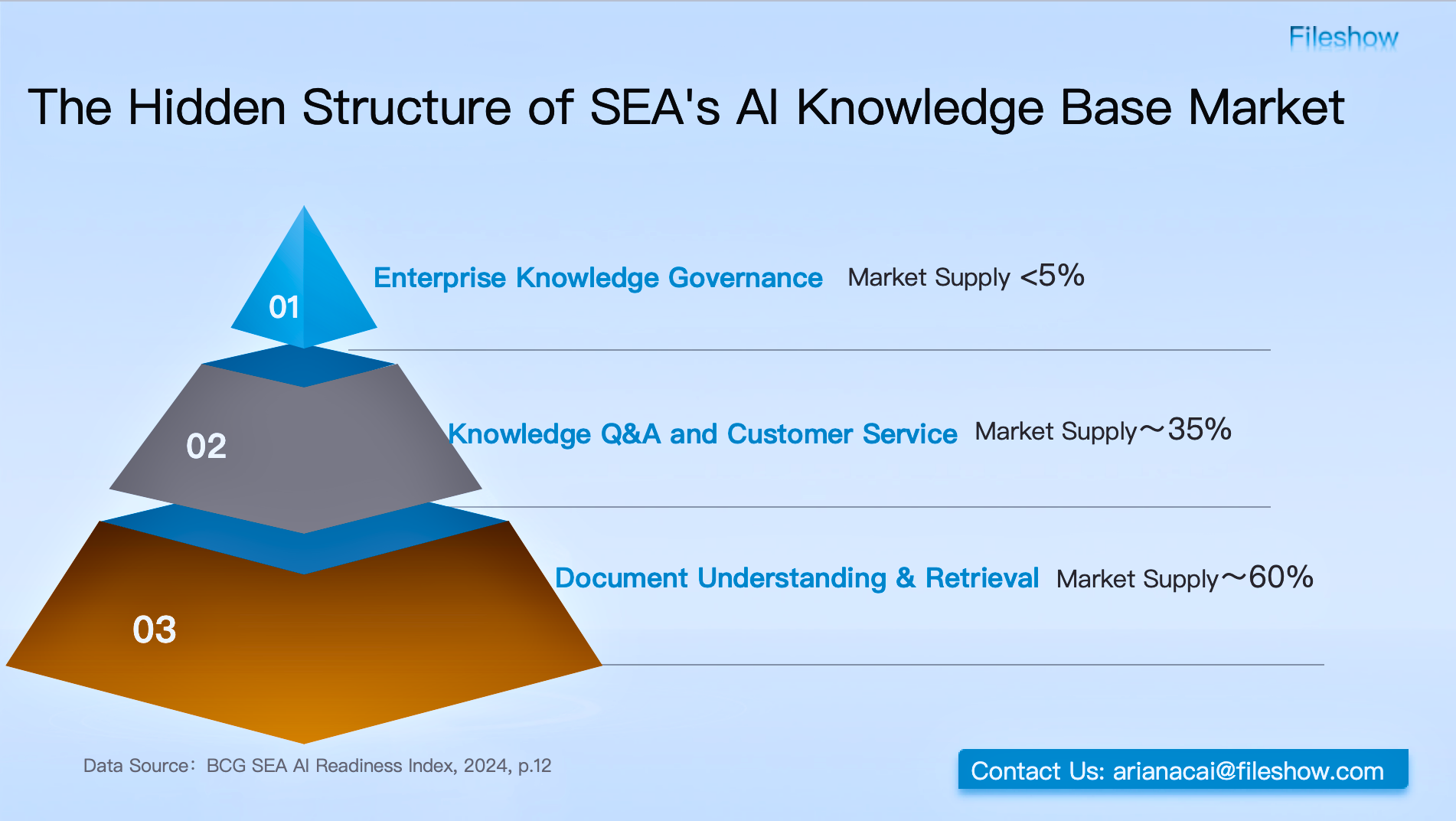Optimizing Marketing File Management with Enterprise File Storage
In marketing, file management is a crucial aspect to ensure the smooth progress of marketing activities. Marketing files include advertising materials, promotional copy, design drafts, data reports, and more.
With the increasing complexity of market activities and the expansion of team sizes, managing these files becomes more challenging.
Traditional file storage methods often lead to difficulties in file tracking, version control chaos, and inconvenient sharing. To address these challenges, enterprise file storage, as an efficient file storage and collaboration tool, can significantly optimize the management of marketing files.
This article will explore how enterprise file storage can optimize the management of marketing files and improve the collaboration efficiency and work quality of marketing teams.
I. Centralized Storage and Efficient File Organization
Marketing files are diverse, including promotional posters, video advertisements, social media content, customer data, etc. The large number and various sources of files can easily lead to file dispersion and difficulty in retrieval without effective organization.
- Centralized Management: Enterprise file storage provides a unified storage platform where all marketing files can be centrally stored, avoiding the situation where files are scattered across personal computers, email attachments, or local servers. By storing all files in the cloud, marketing team members can easily access required files from anywhere, ensuring continuity and efficiency in their work.
- File Classification and Tagging System: Enterprise file storage supports folder structures and tagging systems, allowing marketing files to be archived and managed according to different projects, events, or dates. For example, teams can create dedicated folders for different marketing campaigns or use tags to categorize advertising copy, design materials, and analytical reports, making it easy to find and manage them.
II. File Version Control and Update Management
Many marketing files require multiple rounds of revision and review, such as advertising design drafts and promotional copy. Improper version management can lead to file confusion or the use of incorrect versions, affecting project progress and quality.
- Version Control Feature: Enterprise file storage has a powerful version control feature that automatically generates a new version for each file modification while retaining old versions. This allows marketing teams to view the historical versions of files at any time, ensuring that important content is not lost or incorrectly referenced due to misoperation. Team members can restore to previous versions at any time, avoiding unnecessary rework due to file conflicts.
- File Change Notification: When a file is changed, enterprise file storage can automatically notify relevant team members. This helps ensure that everyone is using the latest version of the file, avoiding misunderstandings and delays due to poor communication or outdated information.
III. Cross-Department and Cross-Geographical Collaboration
Marketing often requires the joint participation of multiple departments, such as design, copywriting, market analysis, and customer service. Large enterprises may also involve team collaboration across different geographical locations. How to effectively share and synchronize files is a significant challenge.
- Real-time Sharing and Collaboration: The real-time sharing feature of enterprise file storage allows team members to access, edit, and comment on the same file simultaneously. Whether it's a designer uploading an advertisement poster or a copywriter drafting promotional copy, all modifications and opinions can be synchronized in real-time. Cross-departmental collaboration is no longer limited by geographical location, and global marketing teams can work efficiently together.
- Permission Management: Enterprise file storage's permission management feature allows teams to set different access levels based on needs. For example, the market analysis team may only need to view advertising materials, while the design team needs full editing permissions. This granular permission control ensures file security and prevents unauthorized personnel from accidentally modifying or deleting important files.
IV. Data Analysis and Report Management
The effectiveness of marketing activities is often measured by data. Marketing reports, analytical data, and market research documents are the foundation of key decisions. How to manage these sensitive data securely and efficiently is also a significant challenge in file management.
- Data Security and Compliance Management: Enterprise file storage provides end-to-end encryption protection to ensure that sensitive data is not illegally stolen during transmission and storage. For files involving customer privacy or market-sensitive information, enterprise file storage also supports compliance management in line with international standards such as GDPR, ensuring the legality and compliance of data.
- File Analysis and Visualization: Enterprise file storage is not limited to storing and sharing files; it can also integrate with analytical tools to visualize file data. Marketing teams can understand the performance of marketing activities by analyzing stored data, such as customer feedback, ad click-through rates, market share changes, etc., helping businesses make smarter decisions.
V. Flexible Mobile Office Support
In marketing activities, team members often need to go out for meetings, visit customers, or participate in events. Therefore, flexible file access and management methods are crucial.
- Mobile Office Support: Enterprise file storage typically supports cross-device access, allowing team members to view and edit files anytime, anywhere, whether through computers, smartphones, or tablet devices. Whether on a business trip or at a meeting, team members can quickly access and share the latest marketing materials, ensuring flexibility and timeliness in their work.
- Instant Feedback and Collaboration: Marketing activities often require a quick response to market dynamics. Enterprise file storage helps teams provide instant feedback anytime. For example, when a client or leader needs to review a design scheme, the team can quickly share files via the cloud and obtain real-time feedback, significantly shortening the approval and revision cycle.
VI. Reducing Management Costs and Improving Efficiency
Optimizing file management through enterprise file storage not only improves work efficiency but also reduces the costs associated with file management. Traditional local server maintenance, paper printing of files, and manual file management all consume a lot of time and resources, while the automated management, electronic storage, and sharing functions of enterprise file storage can significantly reduce these costs.
- Reducing Repetitive Labor: By automating file management processes, marketing teams can reduce the time spent manually organizing and searching for files, focusing more on core business.
- Saving Storage Costs: Enterprise file storage provides storage space that can be expanded on demand, avoiding the need for enterprises to purchase expensive hardware devices to increase storage capacity.
Conclusion
Enterprise file storage significantly optimizes the efficiency of marketing file management through centralized storage, intelligent file management, real-time collaboration, version control, and data security. It not only provides a more flexible and efficient way of working for marketing teams but also reduces the costs and risks associated with file management. In the digital age, enterprise file storage has become an essential tool for optimizing marketing file management, helping businesses better cope with market changes and competitive challenges.

